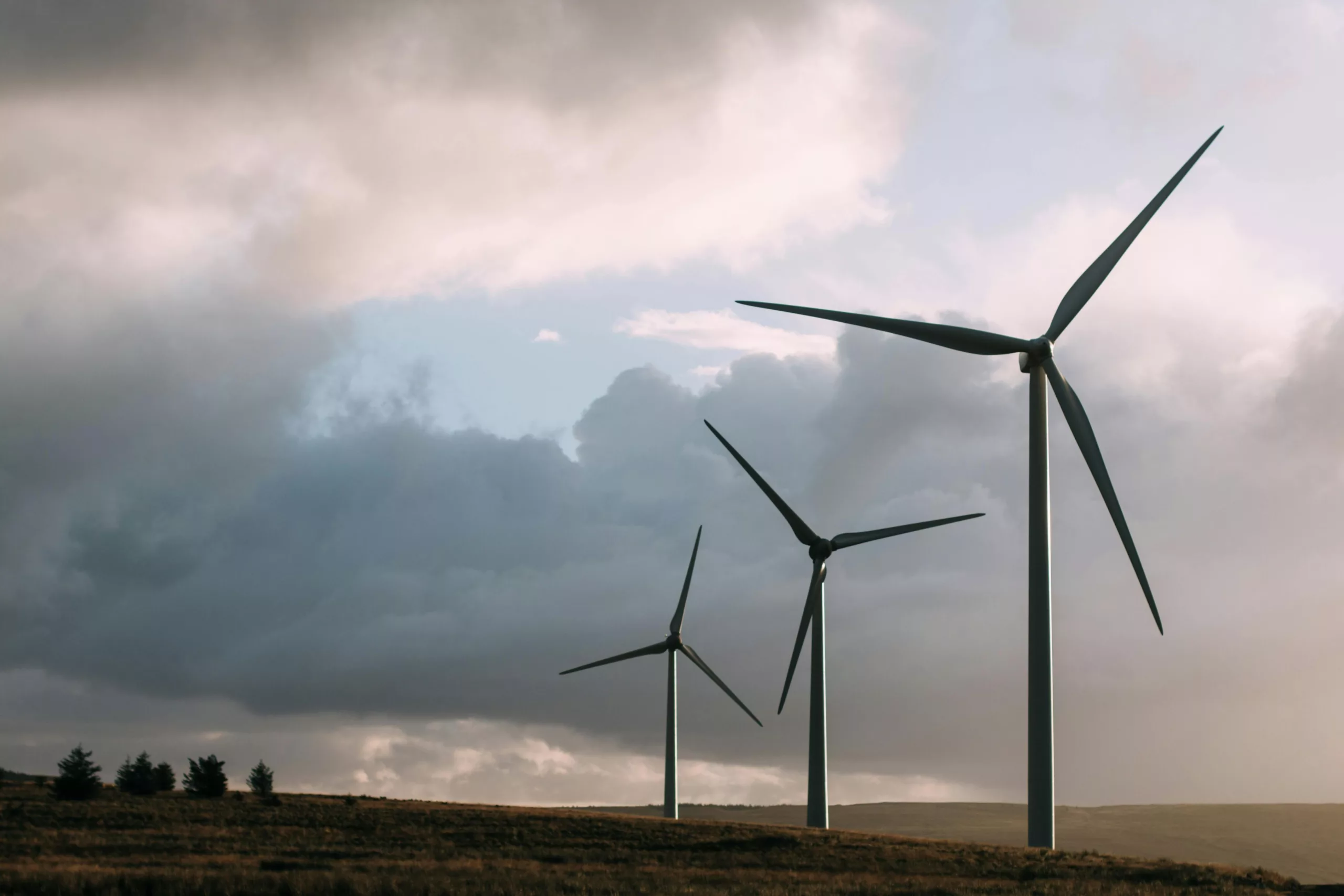Distributed wind energy is gaining momentum, propelled by advancements in technology and policy support that are enhancing its accessibility and efficiency. The convergence of increased reliability, cost-effectiveness, and the incentives provided by the Inflation Reduction Act alongside the Bipartisan Infrastructure Law have paved the way for a new era of distributed wind energy adoption.
Amidst this sea change, the National Renewable Energy Laboratory (NREL) steps in with the pioneering National Distributed Wind Network, accompanied by the innovative Distributed Wind Energy Resource Hub. In partnership with the Pacific Northwest National Laboratory (PNNL) and backed by the U.S. Department of Energy‘s Wind Energy Technologies Office (WETO), these initiatives are aimed at equipping interested parties – from businesses to homeowners and farming communities – with the necessary knowledge, tools, and support network to produce electricity locally.
Engineered in tandem with the U.S. Department of Agriculture (USDA) and the broader national vision for sustainable energy, these initiatives underscore the commitment to unlock the plentiful possibilities of distributed wind power. NREL’s Suzanne MacDonald, the pioneering mind behind the network’s creation, emphasizes the transformative impact these resources could have for Americans from all walks of life.
Forging Collaborative Pathways: The National Distributed Wind Network
The National Distributed Wind Network presents itself as a beacon of collaboration and shared expertise, establishing a venue where U.S. stakeholders in distributed wind can converge, acquire knowledge, and share insights. Suzanne MacDonald elucidates the framework’s aim: to empower individuals and organizations of all scales, from small-scale farmers to sizable municipalities and enterprises, to make informed decisions and stride confidently towards integrating distributed wind systems.
Notably, the National Distributed Wind Network will bolster the newly minted Rural and Agricultural Income & Savings from Renewable Energy (RAISE) Initiative, an embodiment of the USDA’s commitment to enabling farmers to minimize costs and harness the economic benefits of clean, renewable energy. The RAISE Initiative, with the aspiration of guiding 400 farmers to realize small-scale wind projects through the support of the USDA’s Rural Energy for America Program, epitomizes the government’s dedication to a sustainable agrarian future.
As a hub of trustworthy information, inspiration, event updates, and practical tools, the network is guided by an eclectic advisory board comprising industry veterans and representatives from across the spectrum of energy stakeholders.
MacDonald cites extensive research and development investments by WETO in the past decade, which have significantly enhanced the reliability and cost-effectiveness of distributed wind technology. The network is a channel to showcase these strides and furnish society with the resources needed to appreciate and leverage distributed wind at a local level.
Centralizing Expertise: The Distributed Wind Energy Resource Hub
Anchored within the National Distributed Wind Network, the Distributed Wind Energy Resource Hub emerges as a central repository of comprehensive information on distributed wind energy. Ruth Baranowski, an NREL wind energy researcher involved in the hub’s development, describes it as a treasure trove for those eager to harness the power of wind: a comprehensive directory of factual data and resources designed to demystify the world of distributed wind energy.
Accessible on WETO’s WINDExchange platform, the Distributed Wind Energy Resource Hub curates an assortment of vital resources, including general information, support avenues for project funding and technical assistance, successful case studies, and evaluative tools to enable individuals to assess the suitability of their locations for wind energy generation.
This tool epitomizes the collaborative efforts of NREL and PNNL, which have historically served the industry, academia, and the public with valuable insights into distributed wind energy. Now, the hub converges these efforts, making it a centralized reference point where potential investors and project developers can tap into amassed wind energy intelligence.
The unveiling of these initiatives marks not the completion but the beginning of an ongoing journey toward expanding support, resources, and local engagement opportunities in the realm of distributed wind energy, forging a future where energy self-sufficiency stands within closer reach for communities across the nation.
